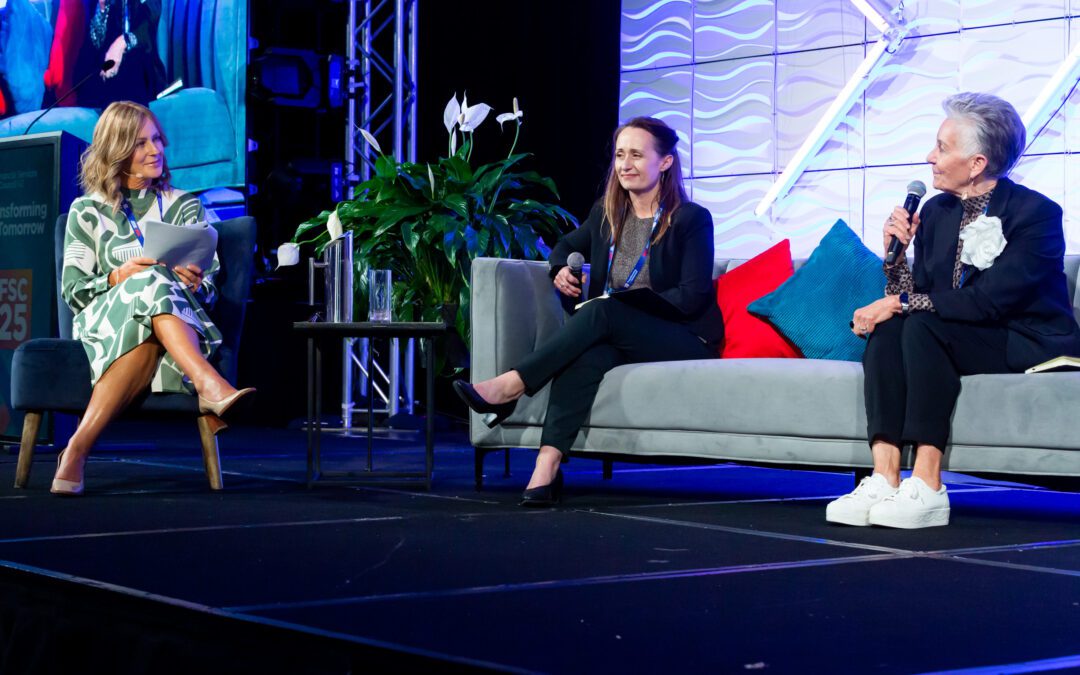One of the workarounds that’s been suggested since tough new lending rules started making it harder to get a mortgage is considering second-tier lenders.
In our experience second-tier lenders can provide a useful alternative when the main banks aren’t playing ball – but even mentioning the term ‘second-tier’ can provoke an interesting response from some people.
The main banks feel familiar, while to most people second-tier lenders seem like an unknown quantity. Are they loan sharks? Are the interest rates sky high? Is this the wild west of the lending landscape?
Let’s start the beginning.
What are second-tier lenders?
Second-tier lenders are a subset of ‘non-bank’ lenders who don’t require a license from the Reserve Bank to operate.
The public can’t deposit money into an account or a term deposit with them, so they must raise the funding that allows them to lend money via other means.
They’re a disparate group – different second-tier lenders focus on different types of lending. Some specialise in business lending, consumer loans, debt consolidation – and some, like Bluestone, Resimac, Pepper Money and Liberty Financial, focus on residential mortgages.
Typically, second-tier lenders charge an application fee and another fee at the time of drawing down the loan, which is likely to be something you’re not used to when dealing with the banks. That fee can range significantly – from a few hundred dollars, to one to two percent of loan amount, which can be in the thousands. These costs are added to the mortgage, rather than paid in cash.
Also, if you’re conditioned to the idea of the bank offering a cash contribution when you take out a mortgage, that’s not on the table at a second-tier lender.
Interest rates do tend to be higher due to the loans they make being considered higher risk, but often the difference is negligible. For example, at the time of writing a 1-year rate ‘special’ at our biggest bank ANZ if you have a 20% deposit is 3.85%, while a 1-year fixed rate at second-tier lender Bluestone is 4.49%. So, it’s higher, but not sky-high. The riskier you are as a loan prospect, the higher the rate – not unlike the premium the banks often charge for low-deposit loans.
When to use a second-tier lender
In the past, the typical scenario where you’d consider a second-tier lender is when you had poor credit history, but the CCCFA rules are prompting more to explore the option.
For example, I had clients who, at 58, wanted to buy a $750,000 investment property that would require a $200/week top up. They had a mortgage-free home and a surplus of $1000/week – so oodles of equity and strong cashflow. They wanted a $650,000 mortgage. One bank would only loan them $550,000, while a second offered them $650,000, but wanted it paid off within 12 years – making the repayments unaffordable.
So, we looked elsewhere. A non-bank lender agreed to lend them the $650,000 interest-only for 10 years, making the cost of holding the property comfortable. The interest rate was only 0.25% higher than that on offer from the bank, however the lender charged a fee of 1.5% of the loan amount, which was added to the loan. Of course, that’s a real cost, but the alternative was the sale fell over and they’d be no closer to solving their retirement gap.
Non-standard applications can also be difficult to get approved by the bank. For example, a client wanted to subdivide their property – they had sufficient cashflow, sufficient equity, and only needed the loan for about a year before the section would be sold and the loan would be repaid. The transaction was going to yield them a decent profit. But three weeks and dozens of emails and phone calls later, there was still no firm offer from the bank, except an indication that the interest rates would be higher than those available at a non-bank alternative.
The clients were nervous about the idea of using anything other than a bank but eventually felt so frustrated they were willing to explore other options. They ended up with better repayment terms and a lower interest rate at a non-bank lender – and were relieved they could move forward in a fraction of the time.
I’m not an advocate for any bank, or any non-bank for that matter: I’m an advocate of getting the job done – and sometimes that might require you to explore unorthodox solutions.
Hannah McQueen is a financial adviser, chartered accountant, personal finance author and the founder of enable.me – financial strategy &coaching.
This article was originally published on www.stuff.co.nz
Disclaimer: This blog post is for informational purposes only and does not constitute individual financial advice. If you’re interested in receiving personalised financial advice, you can book in a consultation with an enable.me coach. Costs apply.


